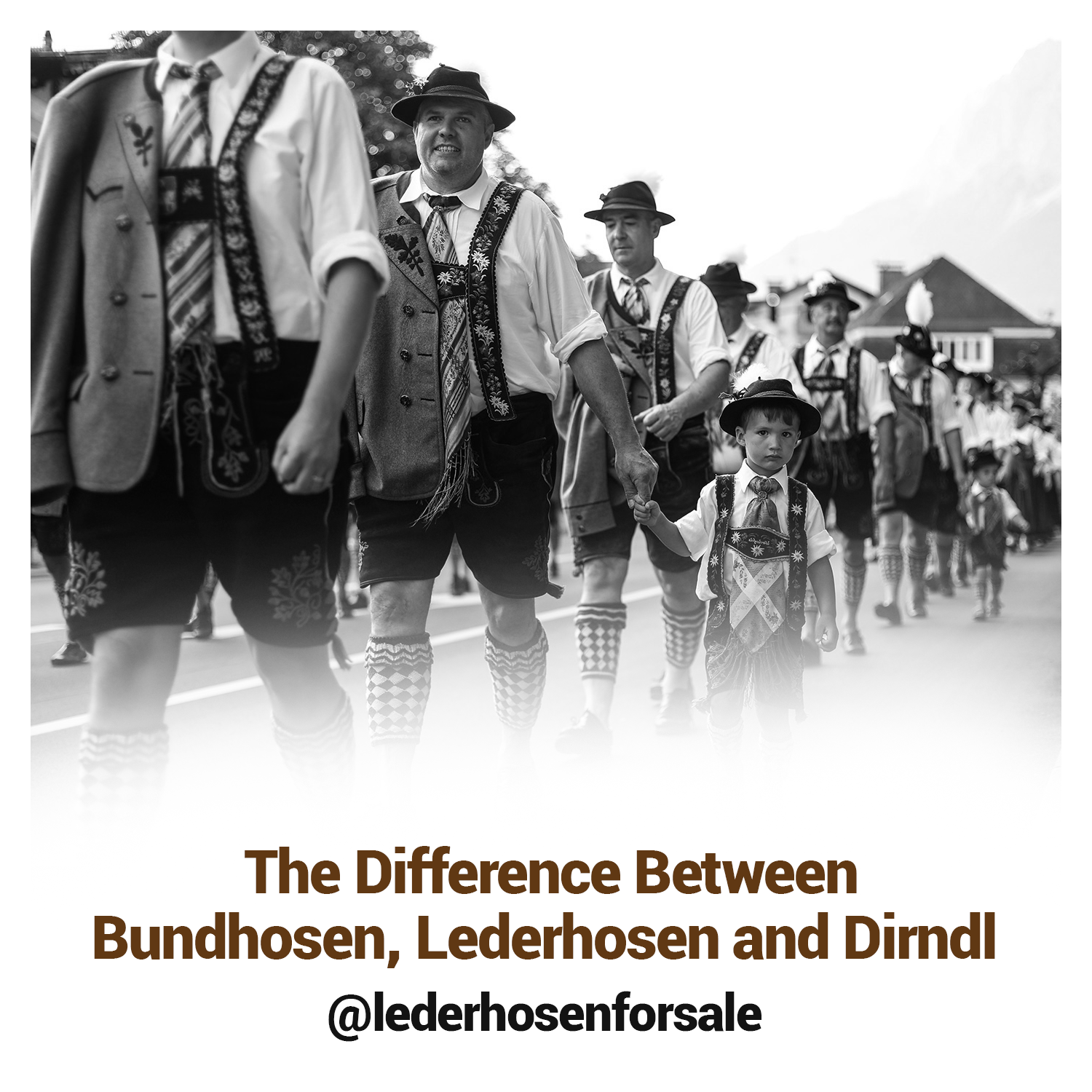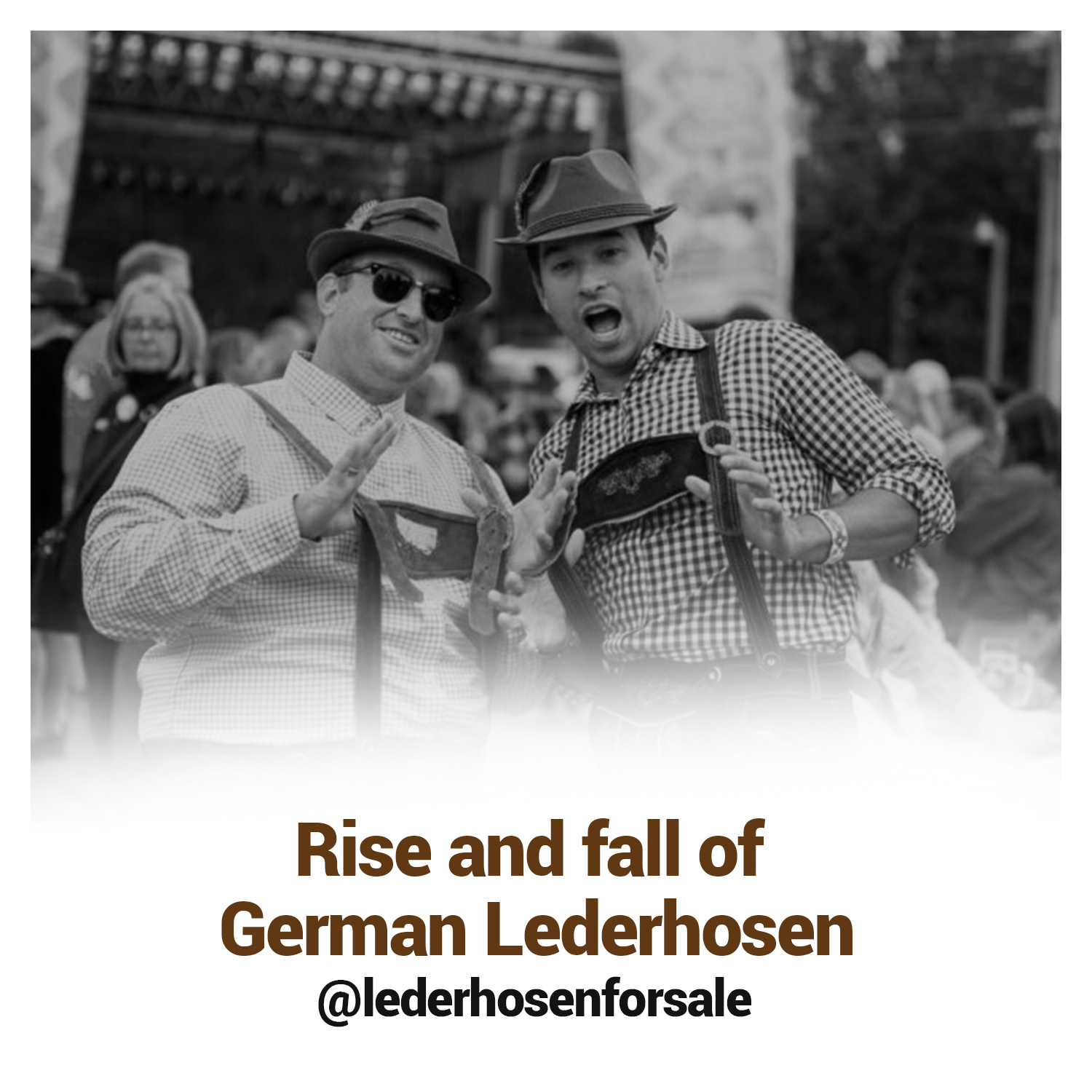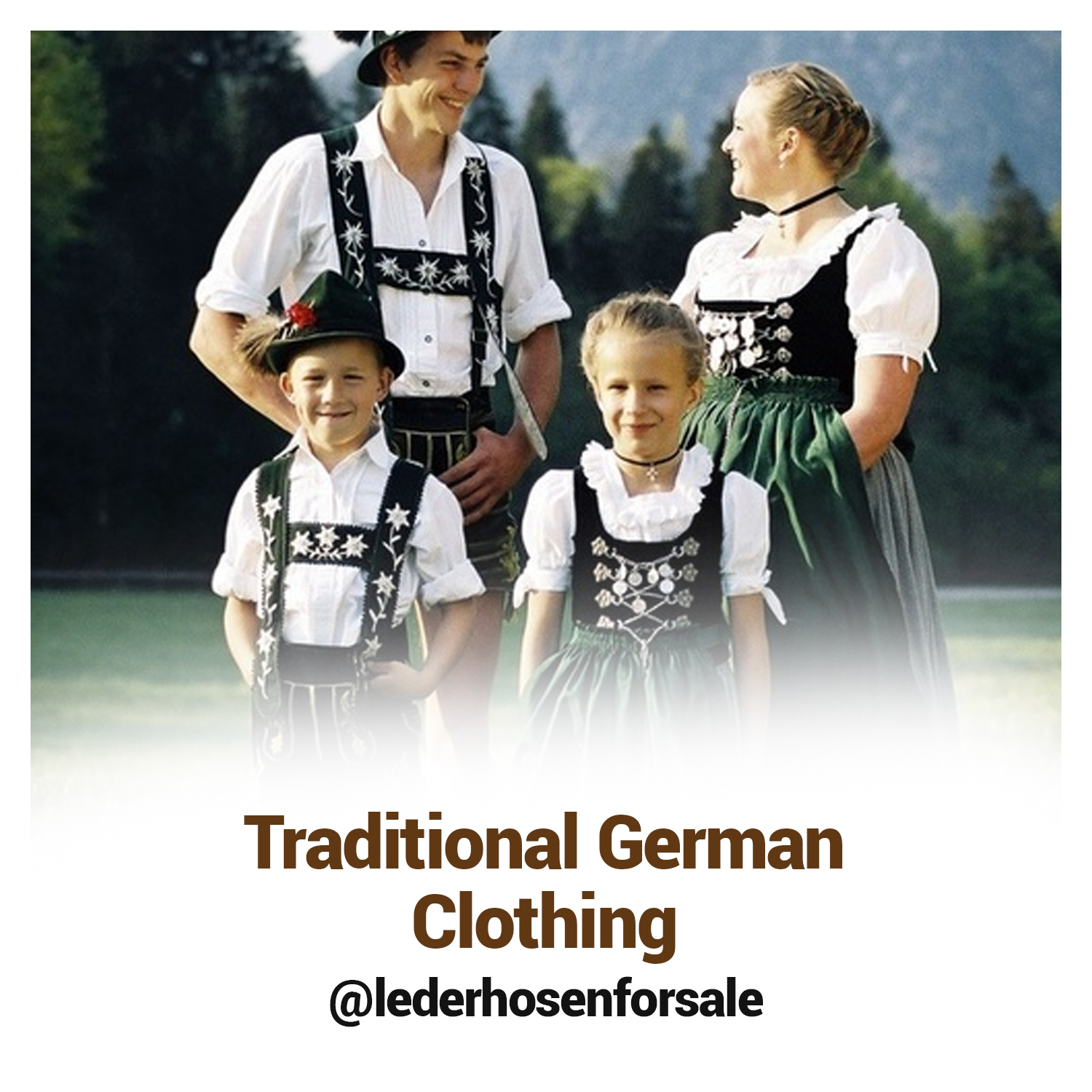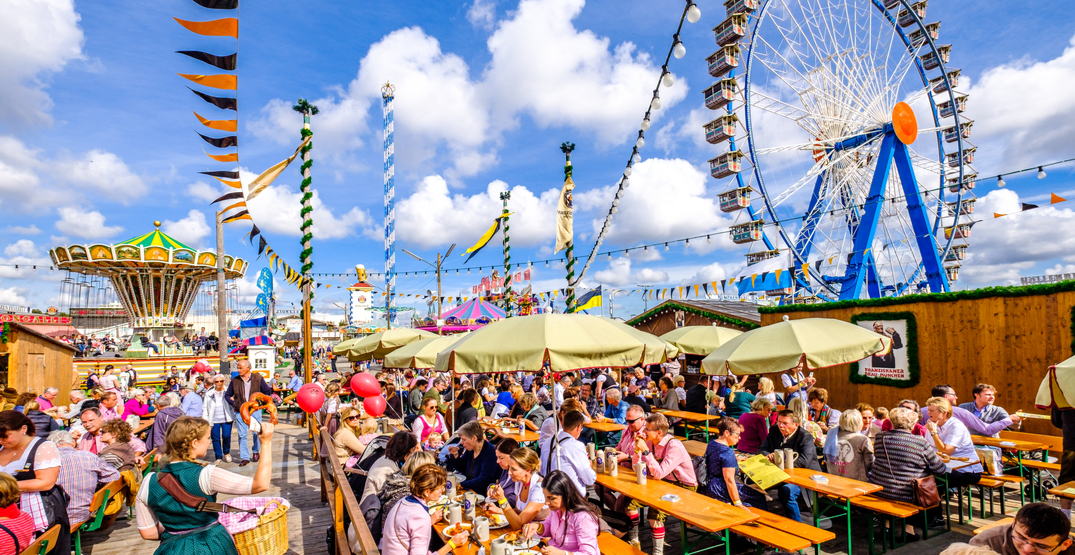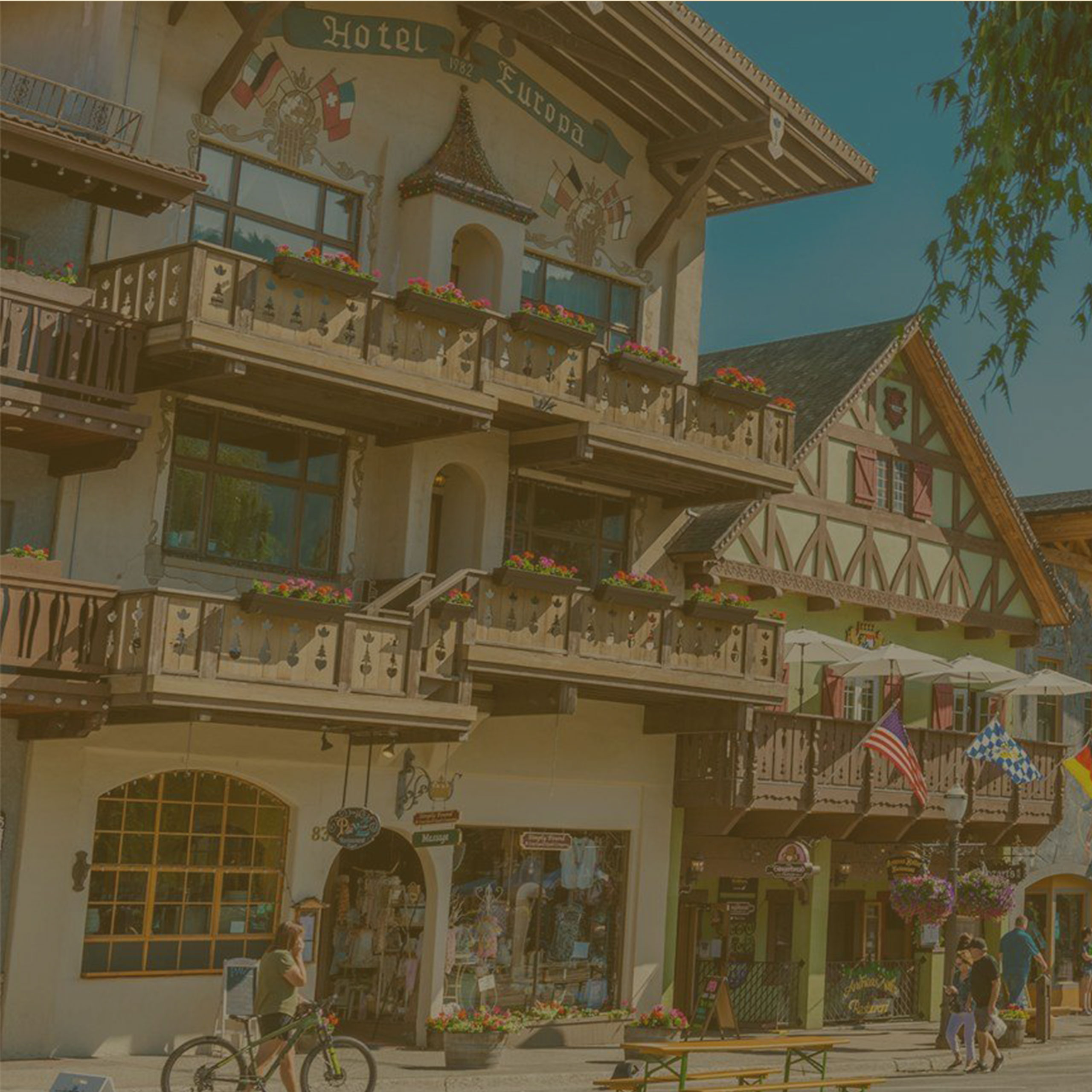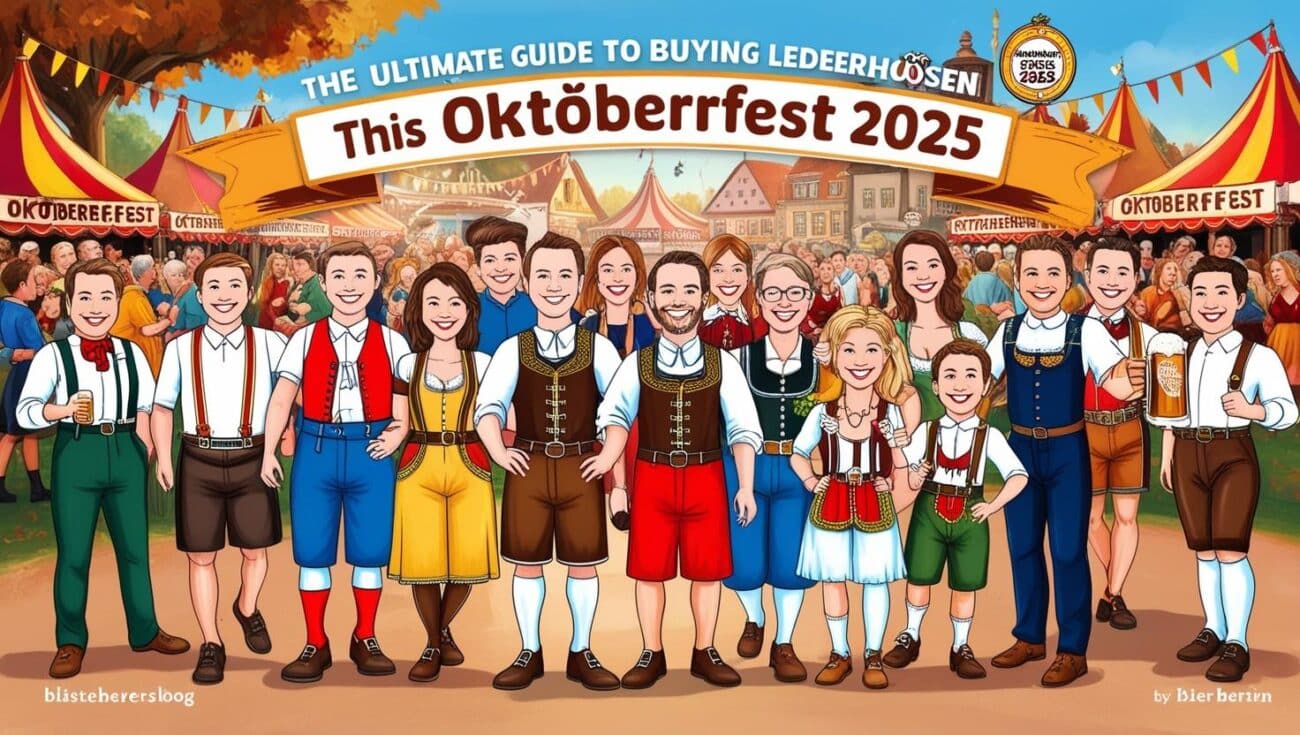History has proved that cultural dresses have been designed to serve a purpose. They have been very straightforward in their purpose and use. A good example is of cultural dresses and outfits that originated and were popularly worn by Bavarians of central Europe and Germany were lederhosen and dirndl.
Most commonly seen as cultural events in Germany, such as Oktoberfest, these outfits have a long and rich history linked with Germany. Even today, they are worn in Bavarian community gatherings and special events such as weddings or birthdays.
Lederhosen
Lederhosen translates to German as ‘leather breeches’ or ‘leather trousers’. They are traditional garments that were regularly worn in German-speaking countries back in the 18th Century. They end at the knees or above the knees with leather suspenders for support.
[ux_products style=”normal” col_spacing=”large” auto_slide=”3000″ equalize_box=”true” ids=”3108,3113,3008,3104,3107,22554,3007″ image_height=”300px” image_size=”original” text_bg=”rgb(255, 255, 255)” class=”mobileHeight”]
Origination
Germany and Austria were the initial places where these breeches were first commonly worn. It gained inspiration from part of Nother Italy, in terms of embroidery and fitting. It further grew popular in other neighboring areas such as the Alps and central Europe.
Purpose
The leather material made it more convenient to be worn while doing extensive labor, such as farming. It allows the garment to withstand harsh temperatures and easily remove stains or dirt caused in the process of work.
Dirndl
Dirndl is worn by traditional Bavarian and German-speaking communities and countries. The whole dress consisted of a blouse, skirt, the dirndl dress, and leather boots or shoes.
[ux_products style=”normal” col_spacing=”large” auto_slide=”3000″ equalize_box=”true” ids=”21098,21263,21237,21198,21185″ image_height=”300px” image_size=”original” text_bg=”rgb(255, 255, 255)” class=”mobileHeight”]
Origination
Its history is very similar to that of lederhosen. They are known as the traditional outfits worn by German-speaking communities. They both came around the same time when the working class in Europe needed outfits that would suit their working and living standards and style of living.
Purpose
The knot tied on the skirt would tell a person about the social status of the lady wearing the dress. If the knot were tied on the front and left side of the apron, it would be that the woman is single.
If the knot were tied on the front and right side of the apron, it would be that the woman is either married or in a relationship.
If the knot were tied in the front and middle of the apron, it would mean that the relationship status is preferred to be kept private by the woman.
A knot in the back and center concludes that the person wearing it is either a widow, waitress, or child and not interested in availing a relationship.
The dress would also consist of intricate embroidery, which would be specific to a tribe or region of the country. Back in the day with no proper maps, travelers used to determine their location by looking at the embroidery and dressing style of women in the region.
Bundhosen
Quiet similar to lederhosen, bundhosen is simply the same garment but its length reaches below the knees. They have grown more popular recently due to modern-day trends in fashion but they were also worn back in history by the men in Old Bavaria.

